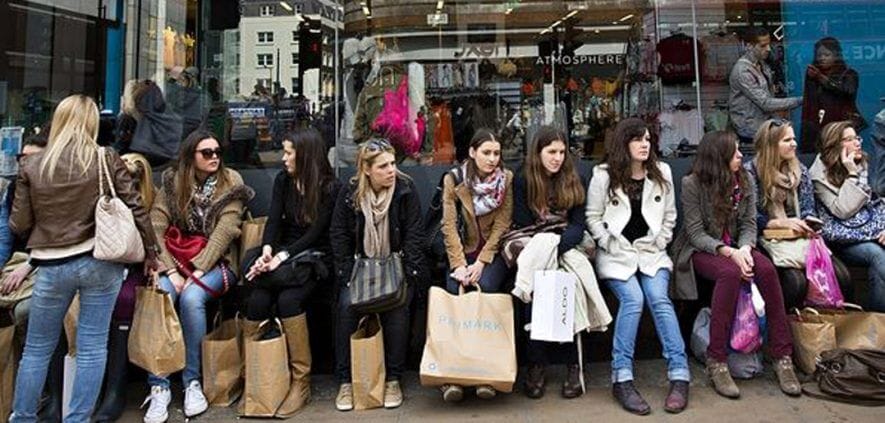From 2000 to 2014 BRIC (Brazil, Russia, India, China) countries and Mexico have seen a surge in sales of fashion products eight times higher than in Germany, Canada, and the USA. In the same period of time, on a global scale, the number of garments purchased by each person has increased by an average of 60%. However, while the production has doubled, in 2014 the longevity of a single item (i.e. the time between the item is purchased and when the consumer discards it) halved if compared to 2000. This data, related to the changes in the fashion market, were collected by management and consulting firm McKinsey. In its reports, McKinsey recognised fast fashion as the main actor and beneficiary of the economic situation. However, fashion is also the sector that, because of its production methods and speed of replenishment, feeds and supports mass market’s bulimia; and the only division that, because of its price positioning, it’s able to meet emerging countries’ new middle classes purchasing power. According to McKinsey’s estimates, 2014 saw the fashion industry passing the annual production of 100 billion items for the first time; and by 2025, 80% of the population from developing economies will have the same attitude to the consumption of that of Western countries. According to these estimates, ’Fast Fashion’ promises exponential growth. However, if big fashion brands do not put in place new policies aiming at tackling excessive water consumption and gas emissions, it will be impossible claiming that this model of production will be sustainable in the long term.
Environment Alert: Fast fashion is growing disproportionally in emerging economies










